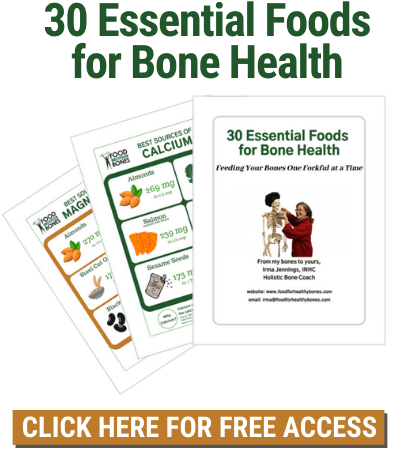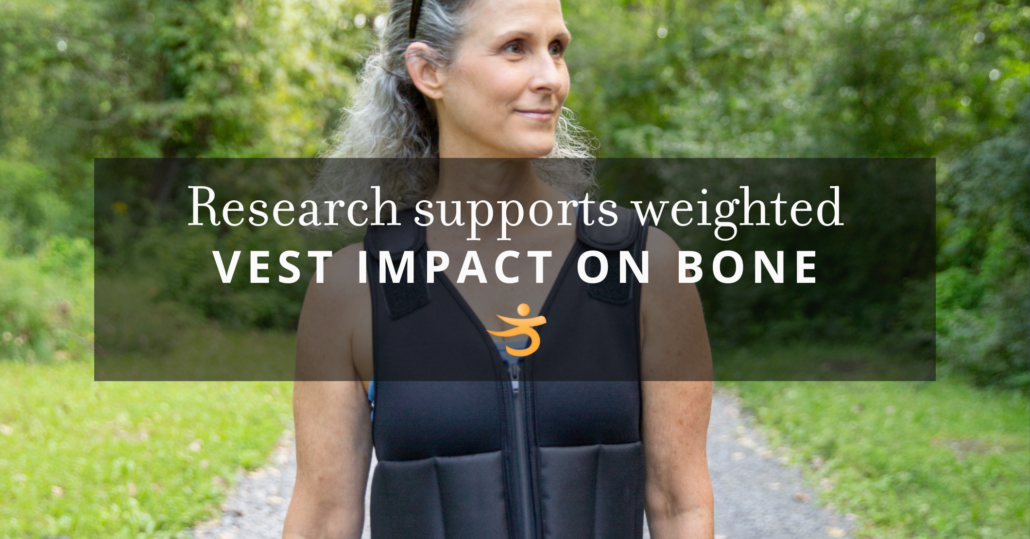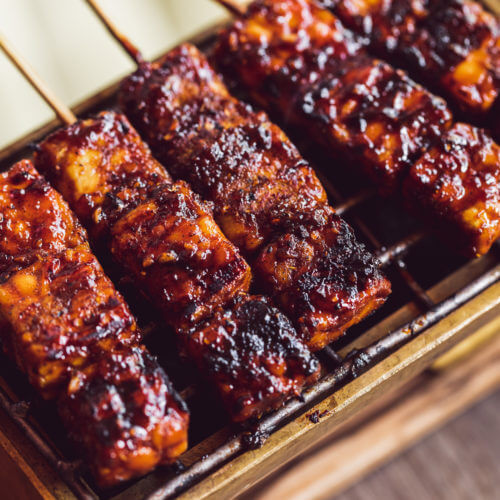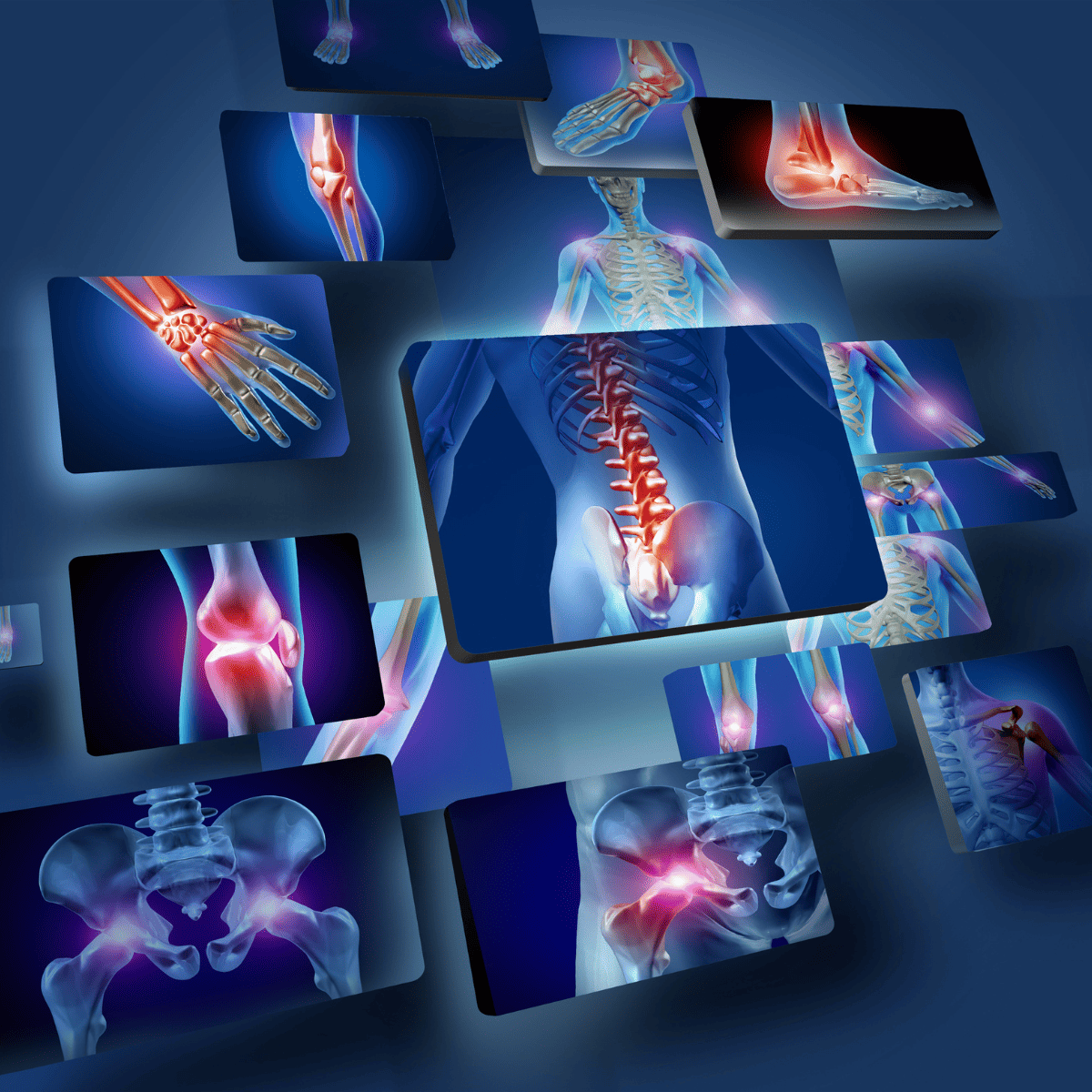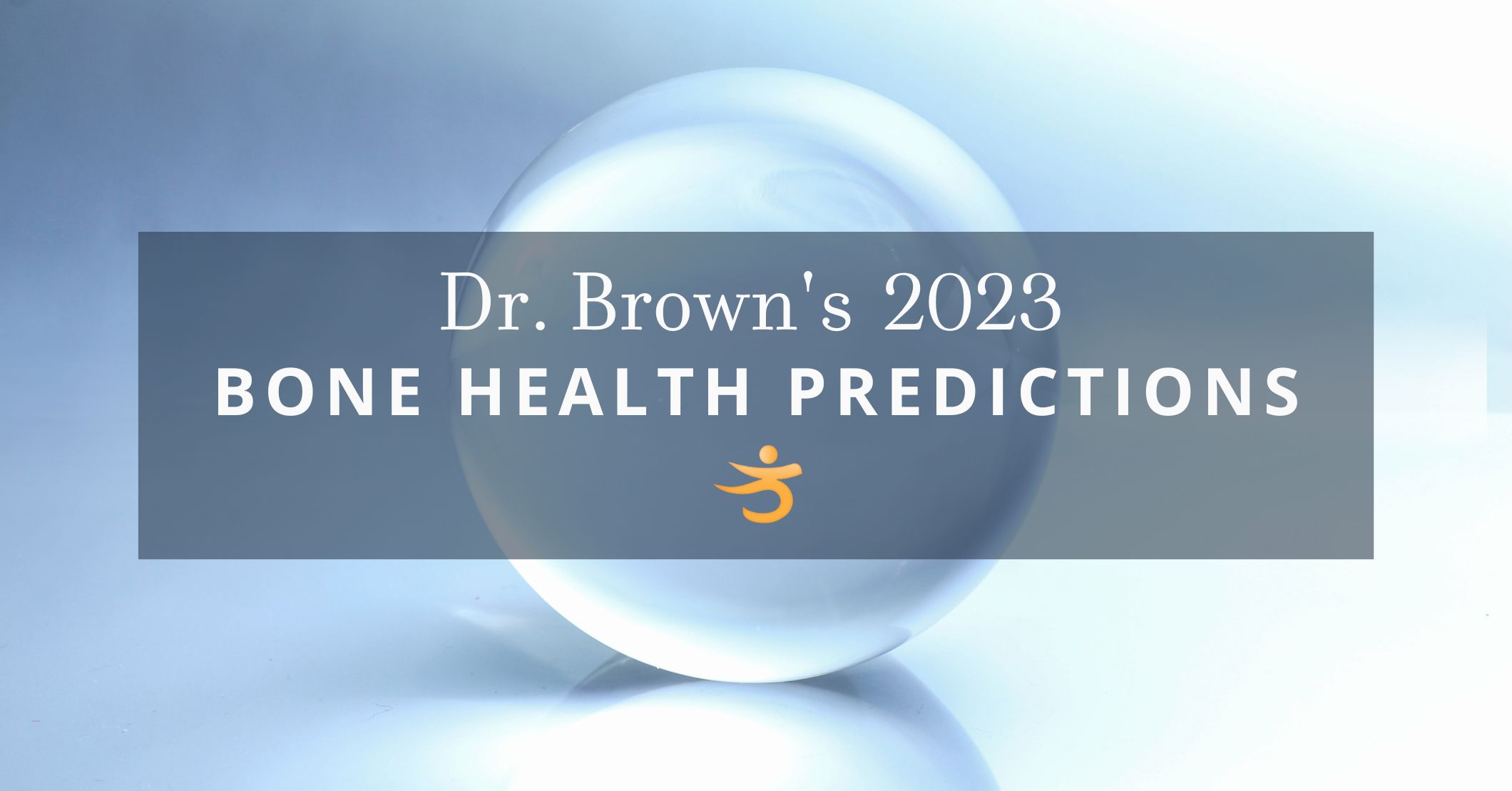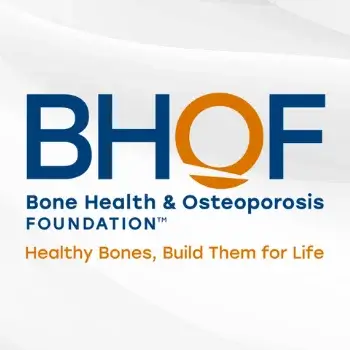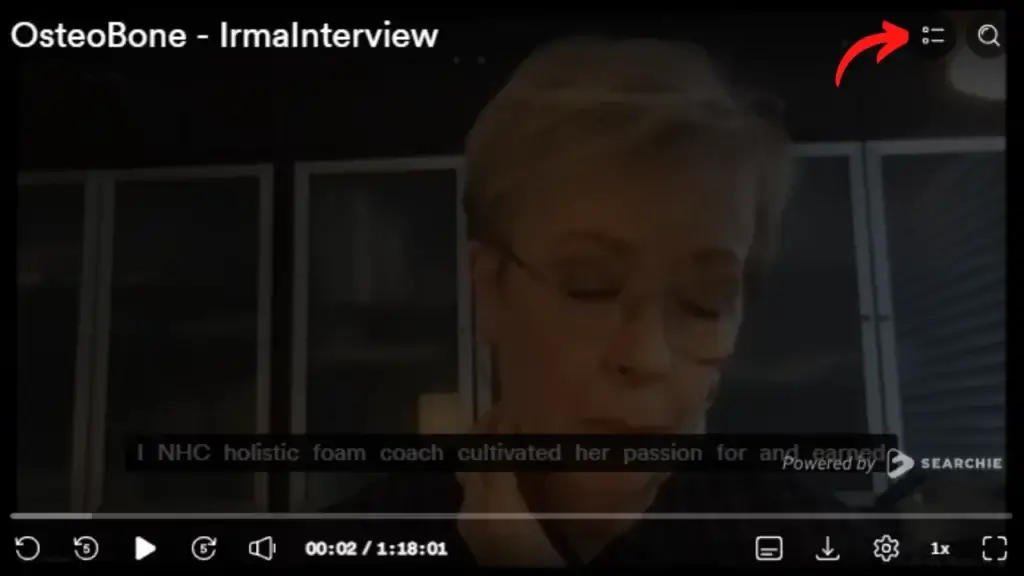Skelly and I like to quench our thirst. Instead of reaching for filtered water, we drink one bottle of Gerolsteiner Mineral Water of 750 mg. Not only because of the bioavailability of calcium and magnesium, but because mineral water compensates for a very acidic Western diet characterized by high grains and animal products. Drinking 1,500-2,000 ml of mineral water rich in bicarbonate (>1.8 g/l) can help reduce the net acid load in the diet. [1]
Personally, I am a mostly grain-free animal protein eater. Animal proteins keep me grounded. Otherwise I float away and my brain doesn’t function properly. Not everyone eats this way, as we are all individuals with different nutritional needs. Vegetarians generally eat more grains, which are more acidic.
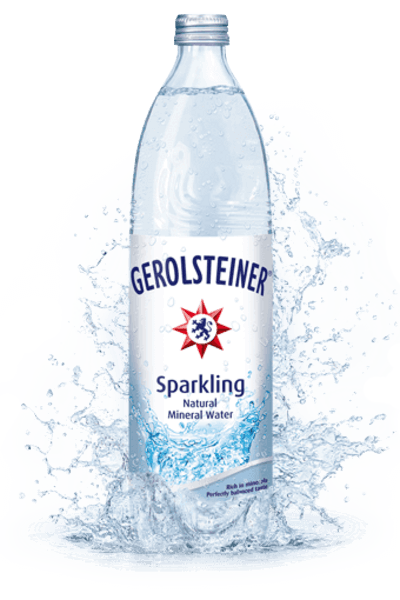
“Eating a diet high in acid can cause low-grade metabolic acidosis (LGMA) which is associated with long-term negative health effects including urolithiasis, bone lossand even cardiometabolic diseases. [1]
Gerolsteiner sparkling mineral water contains 1800 mg bicarbonate (1.8 g/l). Please note: Each bottle of Gerolsteiner is 750 ml, which means you need to drink 2 bottles to equal this amount of bicarbonate.
What is bicarbonate?
“Bicarbonate (hydrogen carbonate) is not a mineral, but a component of the salts of carbonic acid. HCO3- is the chemical formula. Your body produces bicarbonate.
Daily requirement: Unlike many essential nutrients, for example calcium and magnesium, your body can produce bicarbonate, but generally in insufficient amounts for optimal health and well-being. There is no recommended daily allowance.”[2]
Balance – Our bones need balance
According to Gerolsteiner’s website, “The unique balance of minerals in Gerolsteiner ensures their bioavailability. The minerals are already dissolved so your body can absorb them quickly.
The ratio of minerals, especially calcium and magnesium, also allows maximum use. In mineral water, the bioavailability of calcium is 84% and that of magnesium is 92%. By comparison, in a banana the bioavailability of calcium is only 38% and that of magnesium only 29%.”
How is the mineral water Made
“Over time, the water seeps through the mineral-rich layers of the dolomite rock and absorbs minerals and carbon dioxide, before collecting in deep aquifers as Gerolsteiner Mineral Water. From the depths of the Volcanic Eifel to every cell of your body: one liter of Gerolsteiner Sparkling Mineral water contains more than 2,500 mg of minerals and trace elements.
Comparison of other mineral waters
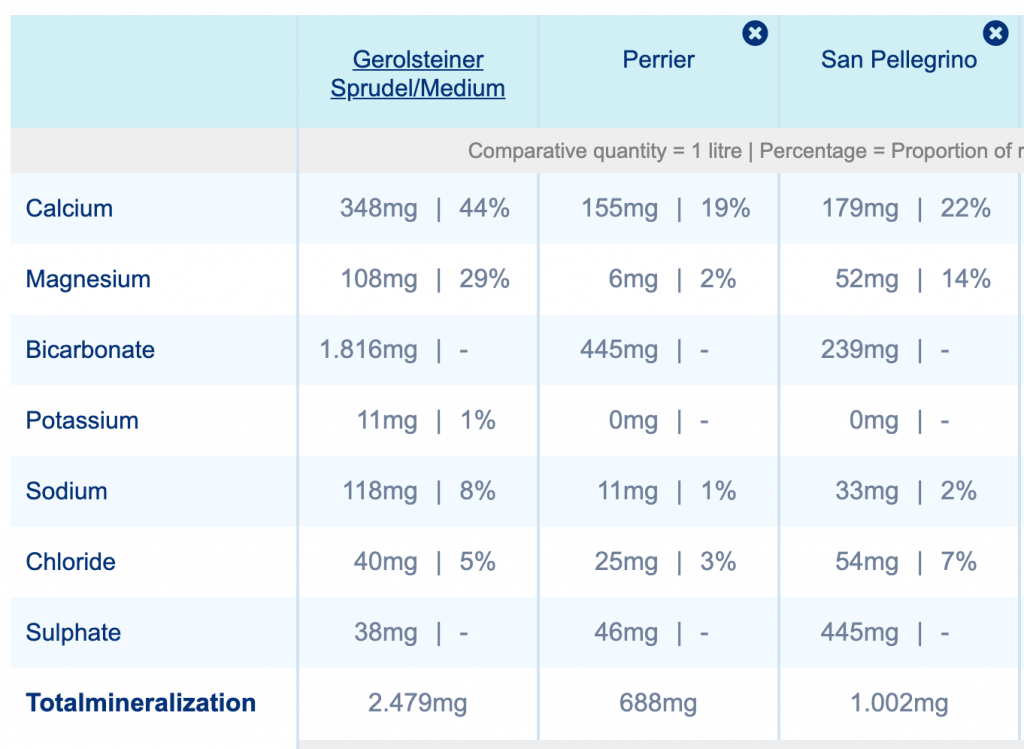
Dressing your water
When I add a slice of lemon, fresh berries, mint or even a drop of therapeutic orange essential oil, my refreshing drink suddenly changes. Pour your water into a beautiful glass, relax, drink and find yourself participating in conscious pleasure for your bones and your health.
Type of calcium
During the Natural Approaches to Osteoporosis Summit, the question arose as to what type of calcium is in Gerolsteiner water. The below is from the company.
“All mineral waters are different from each other. The degree and type of mineralization of each mineral water depends on its composition and the rock layers through which the water has seeped. Germany’s most popular mineral water comes from a source in West Germany: the Volcanic Eifel region, which has a unique geological profile.
Deep underground, as precipitation seeps down from the Earth’s surface, it absorbs the carbon dioxide present as a result of ancient volcanic activity. This water then flows through layers of dolomite, a limestone rock containing calcium and magnesium – this geology is specific to the Gerolstein region. The carbon dioxide dissolves valuable calcium and magnesium from the otherwise virtually insoluble dolomite – creating mineral water of exceptional quality.”
Gerolsteiner USA
For more information, please take a look at their website: Gerolsteiner USA –
About Gerolsteiner (gerolsteiner-usa.com).
What’s new?
Easy Cooking Guide for Bone Health – 7 Day Meal Plan
This 81-page interactive ebook (completely clickable to navigate to all the different sections) will deliver what you, my readers, have been asking for:
- 7-day meal plan (animal protein and vegetable eaters)
- 27 Bone-friendly recipes with bone-specific nutritional values
- Printable recipes
- Printable shopping list
- Clickable “Table of Contents” so you can easily navigate to breakfast, lunch, dinner and snacks.
- Shopping, storing and soaking tips to save you money
- 5 Cooking Videos with Skelly
- Why conscious eating is important
- Cook One – Eat Twice… saves time, energy and money
- Guidelines for antinutrients (oxalates and phytates) made simple
- Why soaking nuts, seeds and beans matters
- Everything available as a download to your computer, tablet or mobile, so you can refer to it again and again.
From my bones to yours,
Sharing this blog using the share buttons below helps significantly. Thank you.
Irma Jennings, INHC
Your holistic bot coach
[1] https://www.ncbi.nlm.nih.gov/pmc/articles/PMC6901030/
[2] https://www.webmd.com/a-to-z-guides/qa/wat-is-bicarbonate
Let me support your bones
Receive an in-depth, tailor-made private session
Book a private coaching with Irma now
Join our amazing Bone Tribe community
Get the support and information you need to live fearlessly with your bone diagnosis
FREE GIFT—-> 30 Essential Foods for Bone Health
This handy infographic is great to stick on your fridge.
Click on the image below 30 Essential Foods for Bone Health to get free access.
